Today, I will teach you how to distinguish between various grades of replica bags. Let’s start with the concept of “original single” (or “authentic surplus”) and use it to provide some basic knowledge. “Original single” refers to genuine products that leaked into the market from domestic factories producing the authentic items for various reasons. These items are essentially authentic but are scarce and expensive, making them difficult for the average consumer to access. Any seller claiming to supply a large number of “original single” items is likely not genuine.
Now, let’s dive into the world of replicas. This market is vast and varied, with terms like “one-to-one,” “original leather,” “top-tier replicas,” and modern labels like “smuggled goods” and “water goods” often used to describe these products. It’s crucial to understand that no matter how exquisite a replica is, it remains a replica and cannot compare to the genuine article. However, replicas do have market value for fulfilling specific needs.
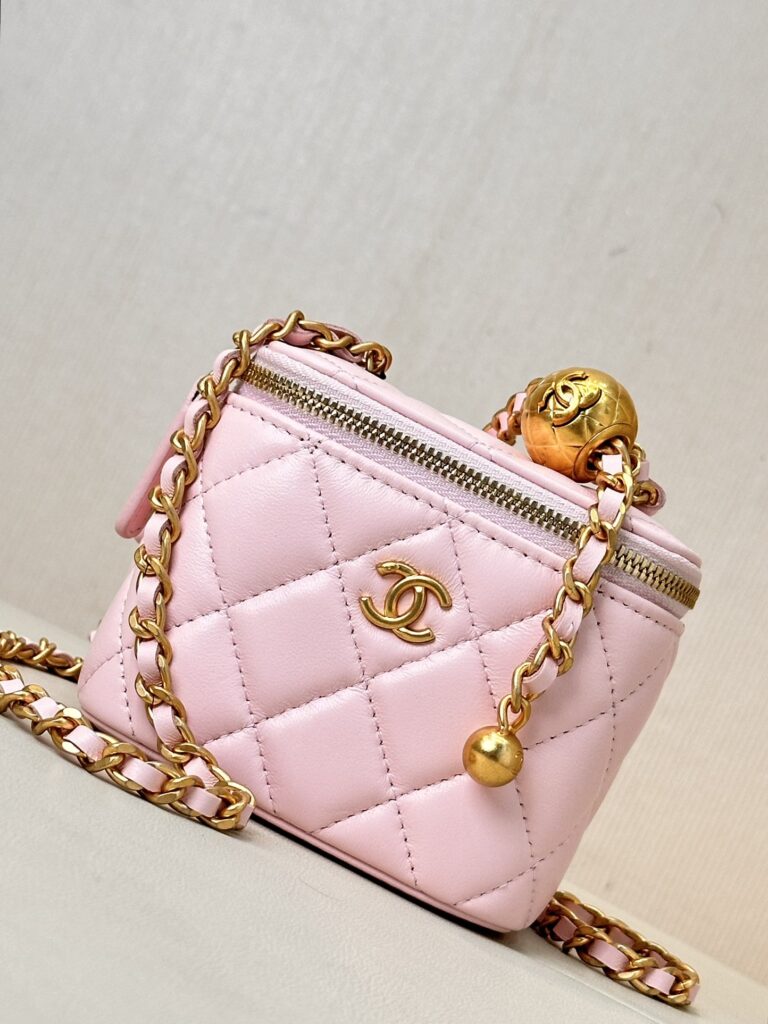
Understanding Different Grades of Replica Bags
Original Leather Replicas: These use leather materials identical to or very similar to those of the authentic products. They undergo special processing to replicate the texture and feel of the genuine leather. This leather has a natural, unique texture, similar to human fingerprints. In contrast, ordinary “one-to-one” replicas may look similar but often fall short in material quality compared to original leather replicas.

Key Factors to Identify High-Quality Replica Bags
- Appearance and Craftsmanship:
Pay close attention to the bag’s lines, stitching, and pattern alignment. High-quality replicas strive to match these details closely with the original. - Material and Smell:
Original leather has a distinct leather scent, while ordinary replicas might lack this fragrance. Additionally, you can feel the texture and quality of the leather through touch. - Hardware Accessories:
Hardware components are often where replicas falter. Good replicas will use high-quality hardware that is smooth, solid, and free of burrs. - Internal Details:
Examine the lining, compartments, and other internal details. High-quality replicas will try to replicate the internal structure and design of the original. - Price and Source:
Extremely low prices or unclear sources often indicate quality issues. It’s advisable to purchase from reputable sellers or channels.
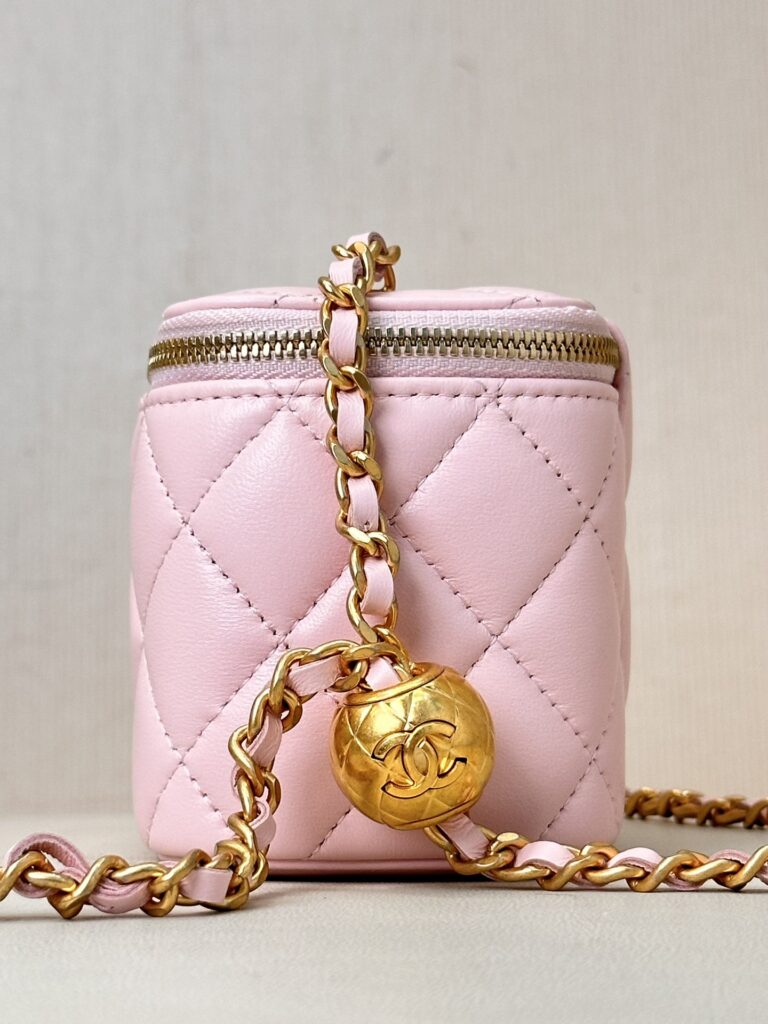
Tips for Purchasing Replica Bags
Buying replicas requires a certain level of discernment and market knowledge. If you are not deeply familiar with bags or leather, it’s recommended to start with basic “one-to-one” replicas. Additionally, pay attention to the seller’s reputation and reviews to avoid being scammed.
When choosing a bag, consider your needs and preferences alongside price and quality. Finding a well-priced bag that suits your style can be a delightful experience.

Conclusion
In summary, understanding how to distinguish different grades of replica bags can help you make informed decisions. From recognizing the quality of materials and craftsmanship to assessing the reputation of sellers, these insights will ensure you get the best value for your money. While replicas can never replace the authenticity of genuine products, they offer a viable alternative for those seeking style and functionality without the hefty price tag.
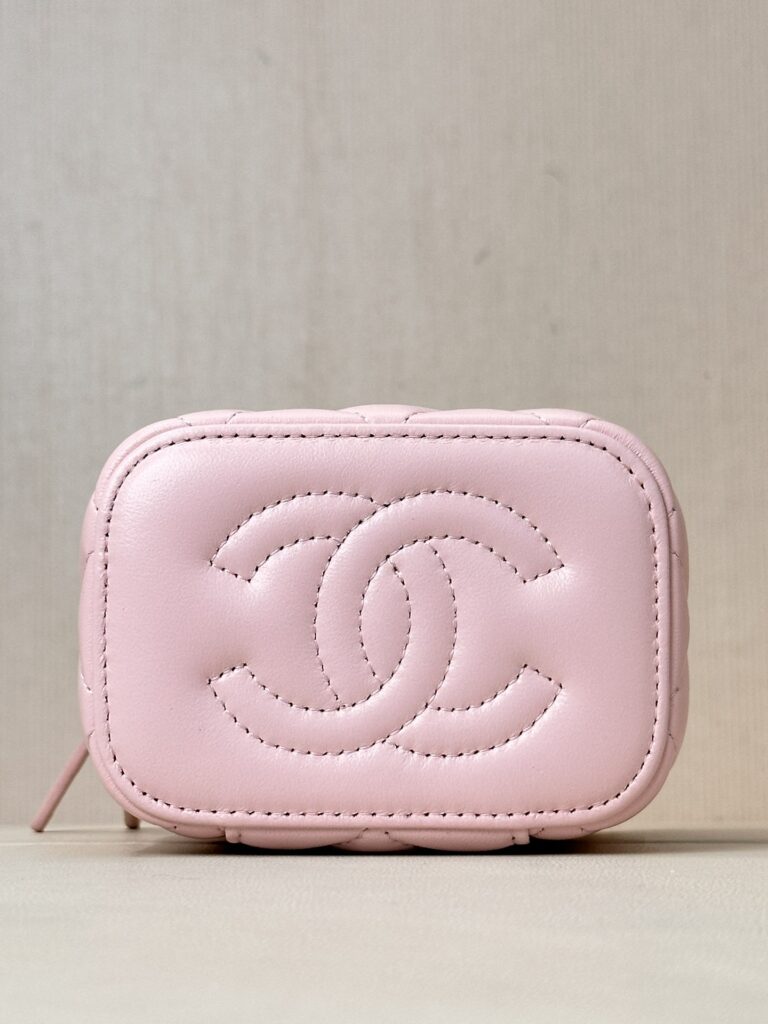
Always remember to respect intellectual property and adhere to legal guidelines when making purchases. By being informed and cautious, you can enjoy a stylish accessory that complements your look while staying within your budget.



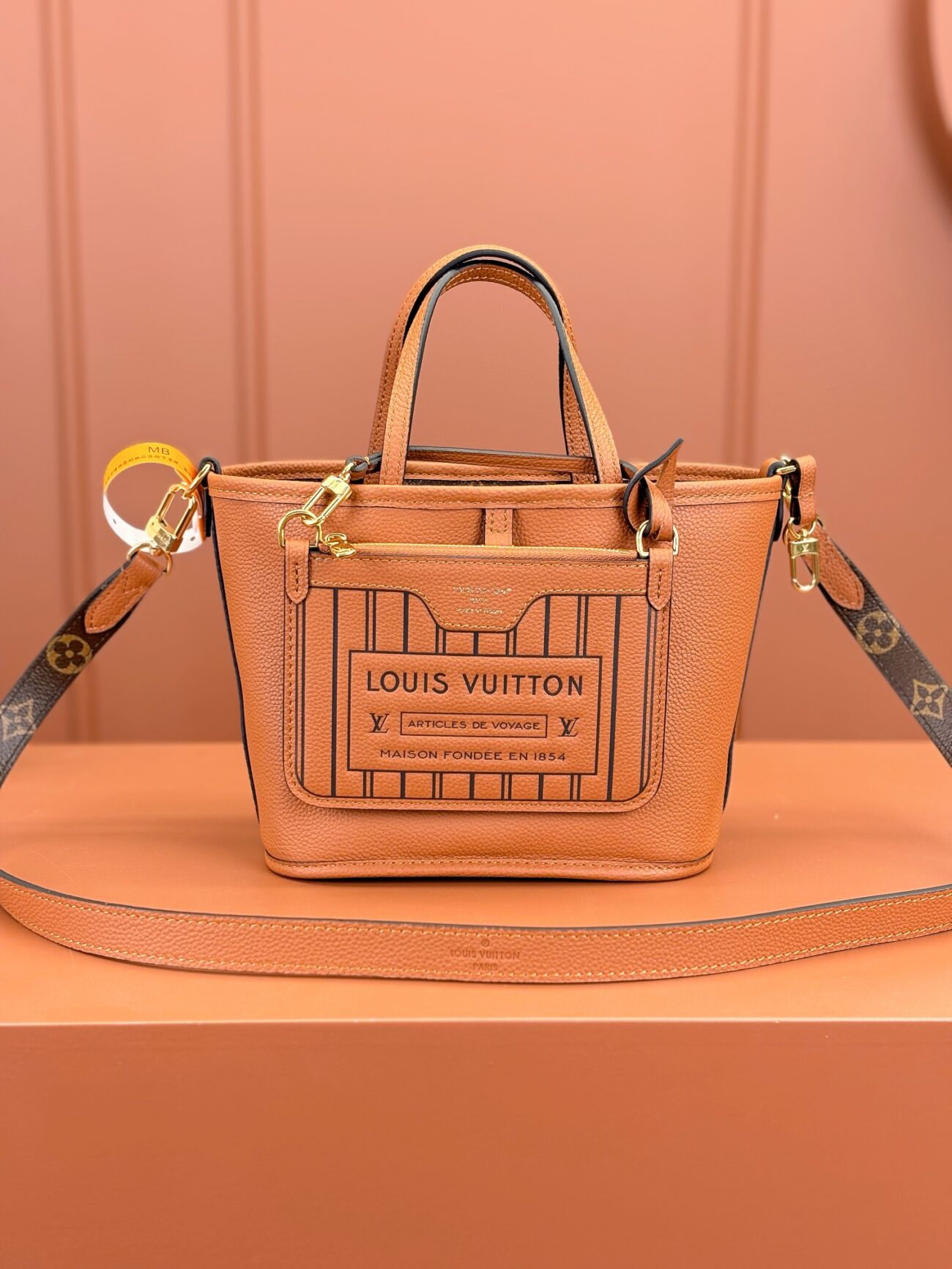
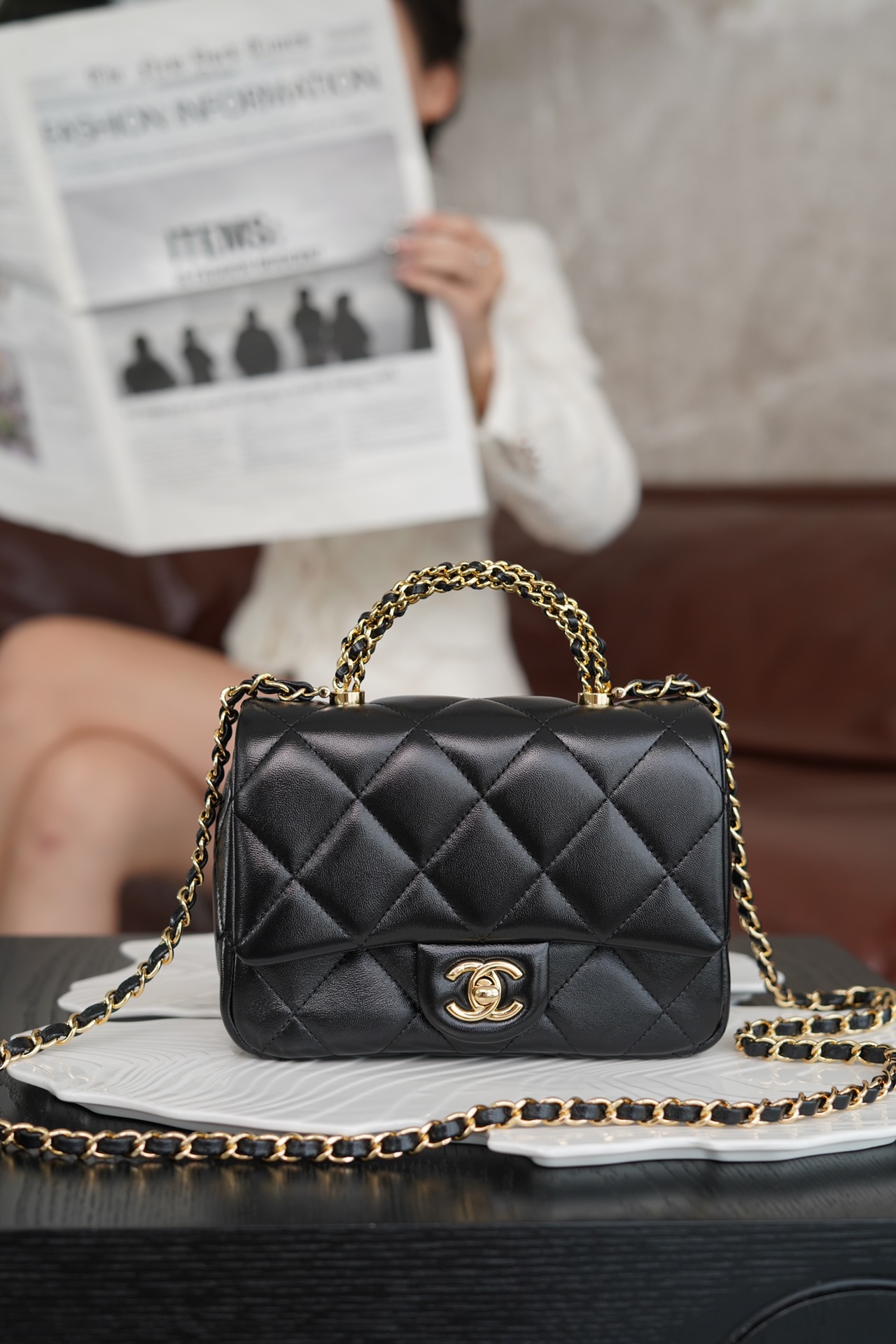

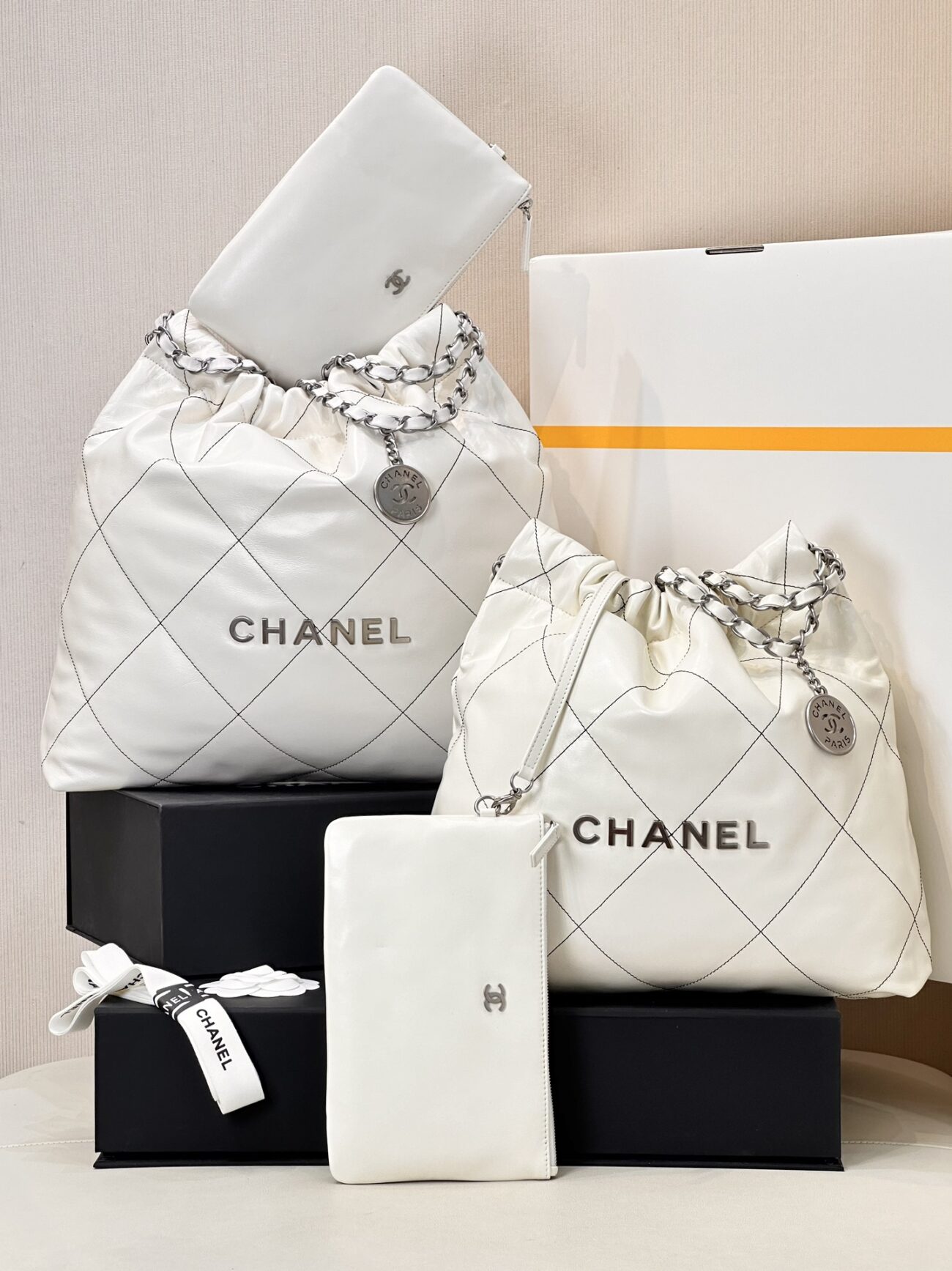
Pingback: Evaluating the Value of Replica Bags and Unveiling the Truth: Must-Know Tips for Authenticity Identification - Aplus Luxury Boutique
Pingback: The Captivating Production Process of High-Quality Chanel Replica Bags - Aplus Luxury Boutique